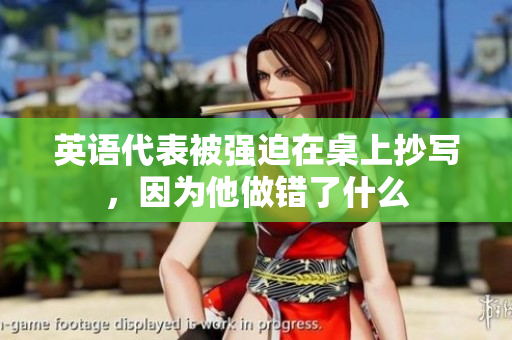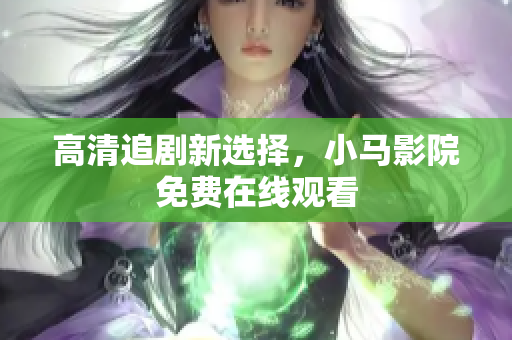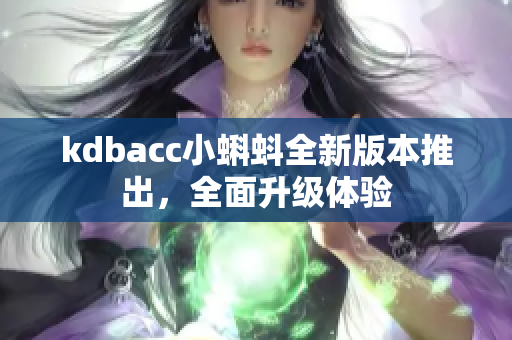Introduction
Art is an important aspect of human culture and can be seen in various forms such as dance, music, painting, sculpture, and literature. Western civilization has produced some of the most incredible works of art that have shaped our understanding of the world. But, as we move into the era of 5G technology, there are many challenges that we face in sustaining and promoting humanistic art. In this article, we will explore the importance of Western masterpieces, the challenges of 5G technology, and the role of education in preserving and promoting humanistic art.
The Importance of Western Masterpieces
Western civilization has a rich heritage of humanistic art, with masterpieces that span over centuries. Some of the most well-known works include Michelangelo's Sistine Chapel ceiling, Leonardo da Vinci's Mona Lisa, and Shakespeare's Hamlet. These works of art are not only aesthetically beautiful but also reflect the cultural values and beliefs of their respective eras. They open a window into the past, allowing us to understand the thoughts, emotions, and experiences of our ancestors. The preservation and promotion of Western masterpieces are crucial to the continuation of human culture and provide a sense of continuity between the past, present, and future.
The Challenges of 5G Technology
5G technology has been heralded as a game-changer in the world of technology. It promises faster download speeds, improved connectivity, and a host of other benefits. However, it also poses challenges to the preservation and promotion of humanistic art. With the rise of social media and streaming platforms, there is a growing demand for content that is easily consumable in bite-sized chunks. This has led to a decline in the interest and appreciation of long-form, complex art forms such as literature, opera, and classical music. In addition, the increasing digitization of art has raised questions about the authenticity and value of art in the digital age.
The Role of Education
Education plays a crucial role in the preservation and promotion of humanistic art. It is through education that we learn to appreciate and understand the beauty and complexity of Western masterpieces. However, the current education system has its shortcomings. In many countries, arts education is seen as a luxury and is often the first to be cut in times of budget constraints. This creates a generation of individuals who lack the necessary skills and knowledge to appreciate and interpret humanistic art. Additionally, in many parts of the world, access to Western masterpieces is limited due to factors such as geography, economy, and politics. This further limits the exposure and appreciation of humanistic art.
Conclusion
In conclusion, the preservation and promotion of humanistic art are paramount to the continuation of human culture. Western masterpieces serve as a testament to the ingenuity, creativity, and resilience of human beings. However, the challenges of 5G technology and the shortcomings of the education system require us to rethink our approach to sustaining humanistic art. We need to find innovative ways to digitalize art while maintaining its authenticity and value. Additionally, we need to prioritize arts education, making it accessible and affordable to all. By doing so, we can ensure that Western masterpieces and other forms of humanistic art continue to inspire and enrich our lives, bridging the gap between the past, present, and future.









